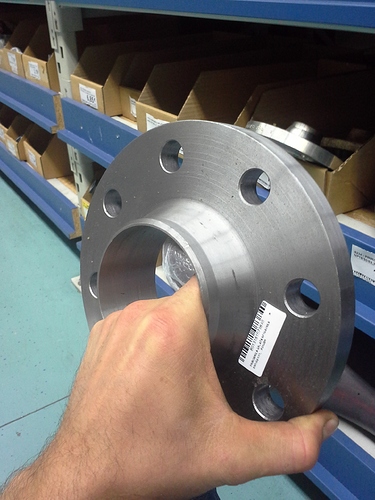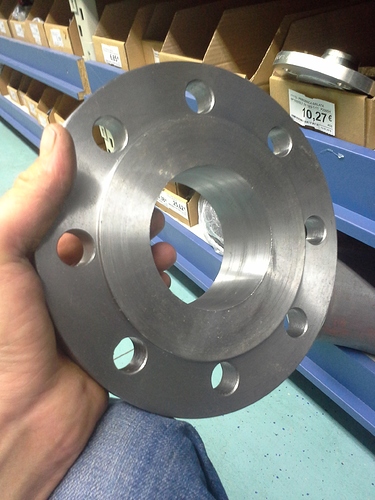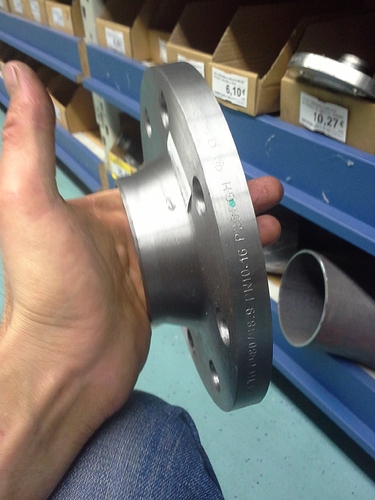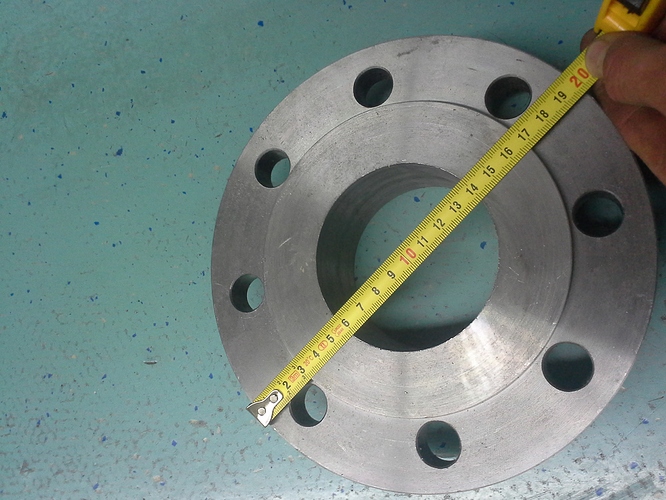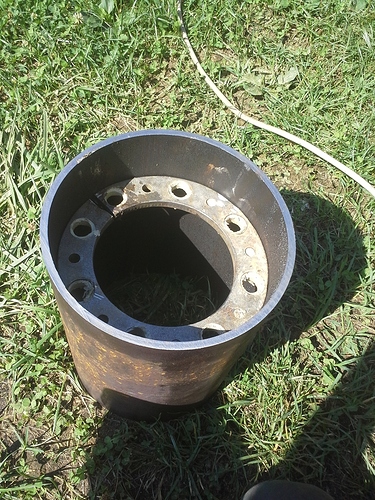Hello, Jan-Ola!
13. of August 2016
Here seems to occur a lot of misconceptions:
Imbert as Imbert as Imbert… no!
There were 15 different patented models!
Typical 2-throater = GMR (Grüne Minna Rüttelsieb) ~1931
Upper throat, where the nozzles are situated, lower throat = the restriction.
Won the AVUS 10.000km race through 3-4 countries!
A green bus!
(AVUS = an esplanade in western Berlin; starting point)
…
Typical one throater = Imbert FSD (1944 Paris)
(Fossil Stahlherd Drehsieb) = Fossil fuel + wood, Cast steel restriction, Turnable grate.
In this cast one-throat type, all the air is blown trough horizontally blowing holes at the narrowest spot of the restriction.
This restriction piece is broadening downwards as a cone.
A bit below this cone is the turnable grate.
A real “heatlooser”! But compact.
…
The central “focus” point in laying bed gasifiers is the restriction.
Increasing air and gas flow need extended “working” volumes.
For oxidation upwards, and for reduction downwards, seemingly; reduction in bit size, especially downwards can compensate for a physical space, if you win the battle against ash!
There seems to to be two ways to go:
Physically bumping grates, sieving grates or increasing the gas velocity in the ever smaller “grains” of char.
A competely other approach is “cyclone gasification”…
…
Now, in a laying bed, the increase in volume upward seems to be free from jamming any mechanism, when using a protected slide for switching nozzles at different heights.
In a double heart wall a rotating (part circle movement) slide can switch different nozzle groups on and off.
It can be tangentially moved with a rod laying in a cylindrical flat “grinding stone”-formed slice, connected to an outer double cylinder.
Between the two double cylinders ash is giving insulation.
Air is fed to the outer double wall cylinder, passing down to the “grinding stone” and up in the inner double wall hearth.
The push-pull rod is taken out throgh a short “tunnel”-tube from the “grinding-stone” perphery through the outer wall of the gasifier, flexibly and gas/air tight!
Futuristic???
